
A Deep Dive Into Seiko’s High-End Watches
Historically renowned for its wide range of affordable timepieces, here’s how Seiko created a niche for itself in the world of fine mechanical watchmaking
Many watch collections begin with a humble Seiko - whether it be from the ever reliable Seiko 5 range or the beloved 62MAS diver (and its many re-issues) which have garnered a cult-like following over the years - but how did we get here? And how did the Seiko name become synonymous with excellent value? More importantly, how do Grand Seiko and Credor fit into the equation?
History of the Seiko Brand
Seiko got its start all the way back in 1881 when a young Kintarō Hattori set up shop in the Ginza district selling and repairing watches. A decade or so later, the “Seikosha” factory was built. The Japanese watchmaker was at the center of what is now referred to as the “Quartz Crisis”, a period which ushered in battery powered movements that were far more economical to produce and hence could be sold at much lower prices. For obvious reasons, this threatened a significant segment of the Swiss watchmaking industry which was heavily invested in painstakingly producing hand-assembled mechanical movements the traditional way.


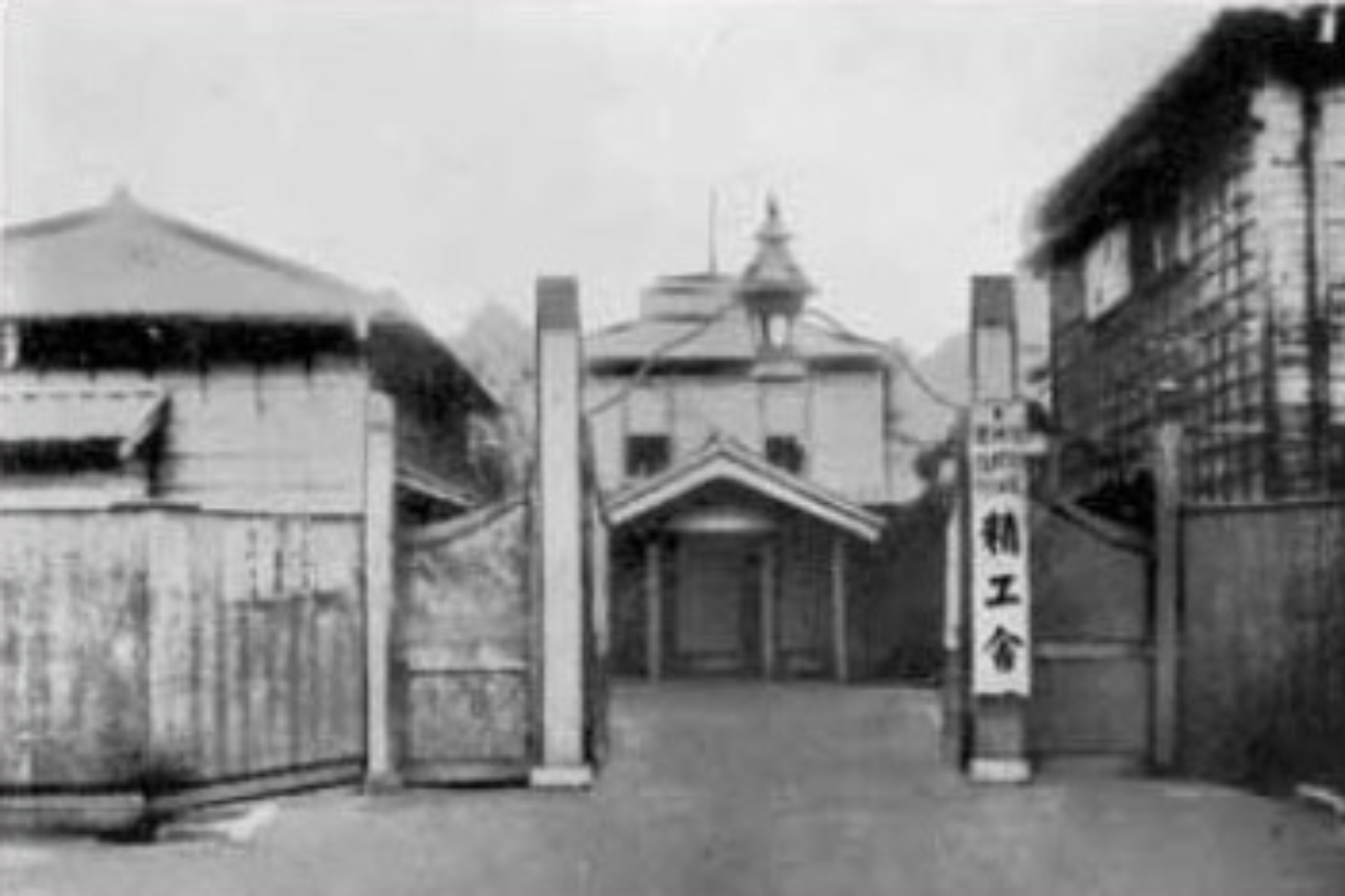
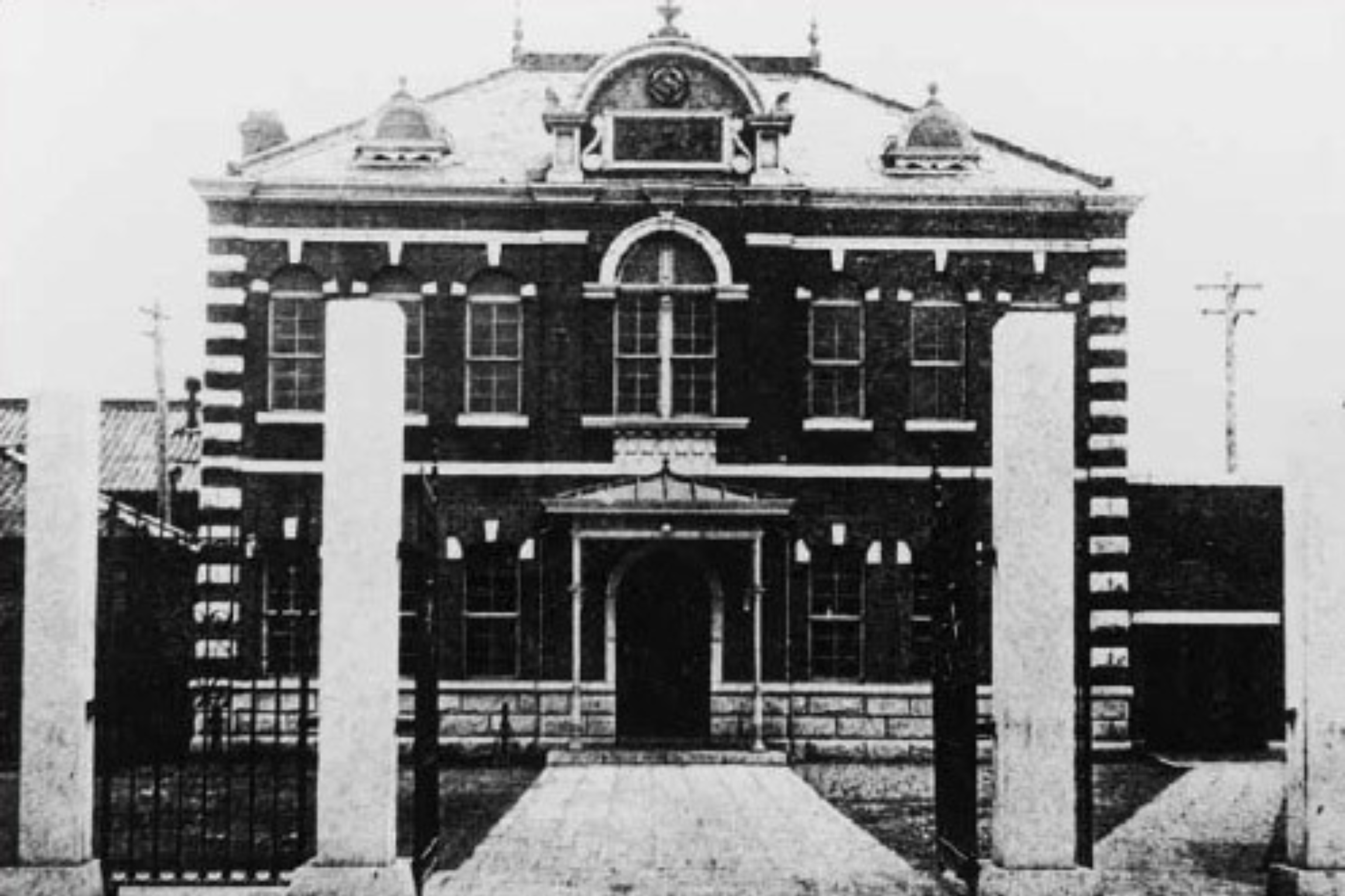
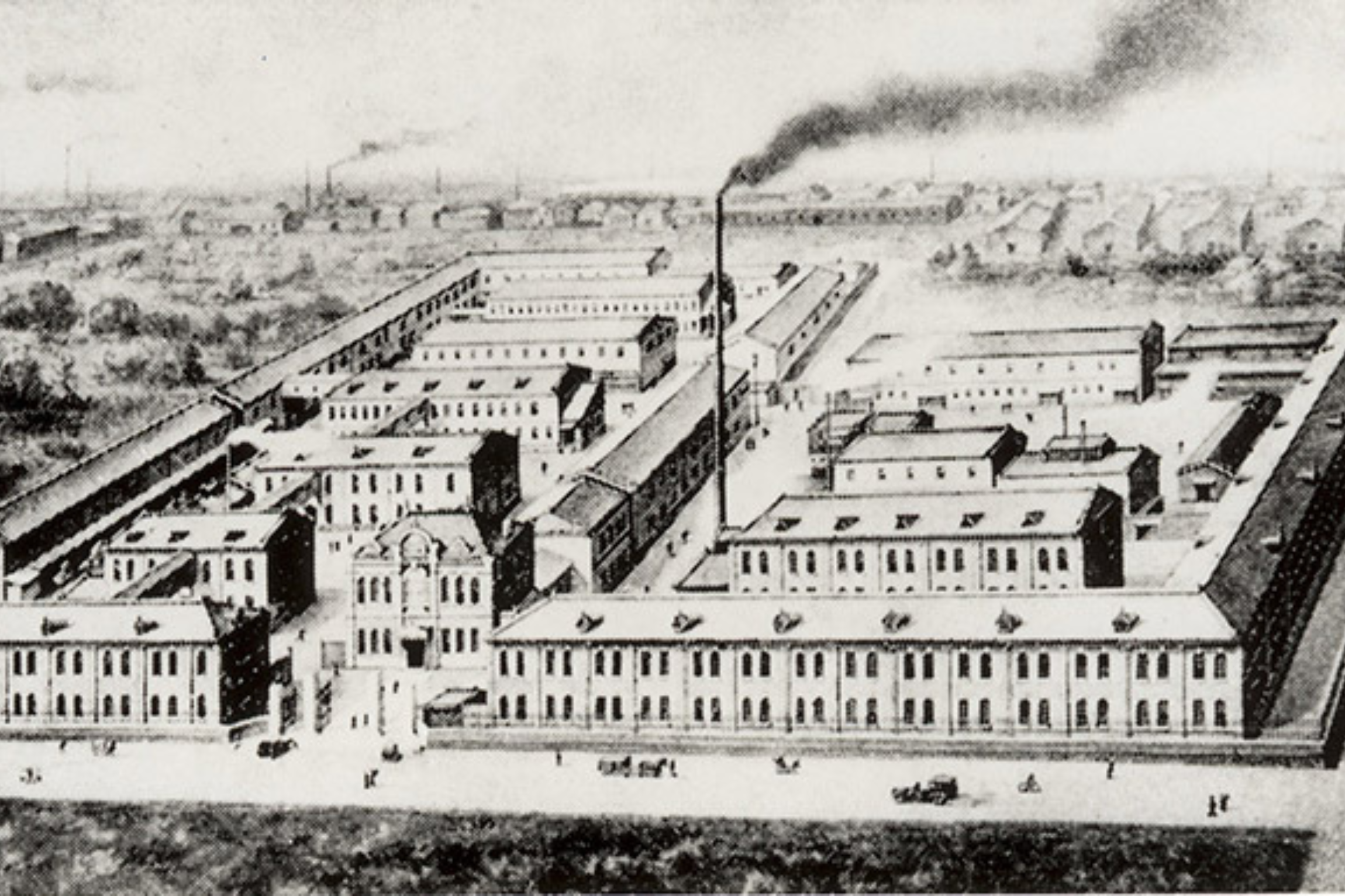
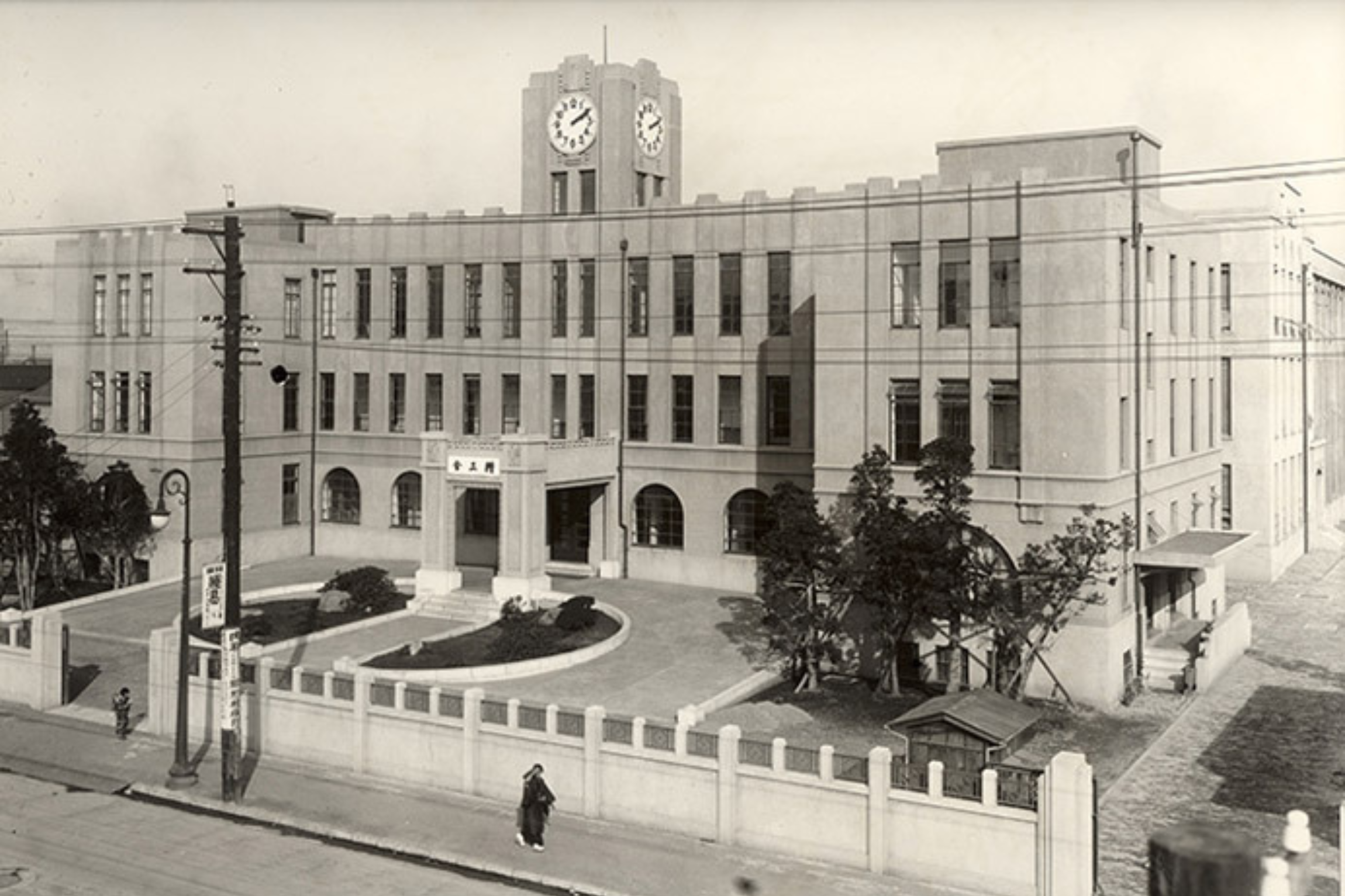
In December of 1969, Seiko introduced the first quartz movement watch known as the “Astron” - only to be copied by the likes of Bulova, Omega and Universal each of whom introduced their own version only a year on. By the time 1980 rolled around, production of timepieces in Japan had overtaken Switzerland in no small part thanks to Seiko. Swiss and American counterparts were sluggish to adapt, and as a result many watchmakers went out of business.

Though it is unclear when exactly the “Quartz Crisis” ended, mechanical watches have never been more in vogue. The Japanese juggernaut took notice of this revival and the Seiko umbrella now encompasses a varied range of sub-brands - some that offer incredibly accessible workhorses and some that produce dials that rival the finest art hanging in the world’s most prestigious museums.**
**Speaking of museums, the Seiko Ginza Museum is definitely worth a visit should you find yourself in Tokyo.

The Cream of the Crop
The Seiko Group has a couple of sub-brands, including Grand Seiko and Credor, which produce some of the most notable top tier watches.
Grand Seiko / King Seiko

Grand Seiko is inextricably linked to its greatest creation, the proprietary “Spring Drive” movement - a pioneering invention that fuses the accuracy that only a quartz crystal can deliver with the consistent level of torque that a mainspring provides. Although the high-end sub-brand offers other calibres (both quartz and mechanical), enthusiasts hail this to be the most momentous leap in technology for watchmaking in the past century, a statement that is difficult to refute. Any such timepiece that houses this movement is signified by a “9R” designation in the model name, of which there are many variations depending on the types of complications. Without delving into the finer mechanics of how the “Spring Drive” system works, this combination of quartz and mechanical technologies enables the seconds hands to sweep in an unbelievably fluid motion that is incredibly satisfying to gawk at, especially when compared side by side to its contemporaries. What’s more, the movement is accurate to an astounding 1 second per day - besting the Swiss and sweeping the competition.

In the 1960s, despite the stellar value proposition delivered by Seiko it was commonly regarded as a lesser product when compared to those being manufactured in Switzerland. As a result, the two competing Seikosha factories, Daini and Suwa, were both given the task of creating timepieces that would challenge this misconception. The brand entered into a chronometre contest organized by the Observatoire Cantonal de Neuchâtel in 1963 and managed to place tenth - making it the first non-Swiss company to crack the top ten. Although the competition was held for the last time only 5 years later in 1968, possibly as a result of being threatened by the ingenuity of Japanese engineering, Grand Seiko continued to innovate and eventually created the revolutionary 44GS design.

This watch signaled the birth of the “Grammar of Design” philosophy developed by the legendary Taro Tanaka, which can be broken down into three main principles: (1) the design should have flat surfaces and two-dimensional curves, three-dimensional curves are generally not utilized; (2) the flat surfaces of the case, dial and hands should be as wide as possible; and (3) every surface should be distortion-free and have a mirror surface. These three tenets, achieved through a technique known as Zaratsu polishing, informed the design language for Grand Seiko and its oft-forgotten sibling, King Seiko, for years to come and helped to elevate the Seiko name. Whilst Grand Seiko soared ahead, King Seiko found itself lagging behind despite producing very respectable models including the 44KS which largely resembled the aforementioned 44GS albeit marginally less accurate.
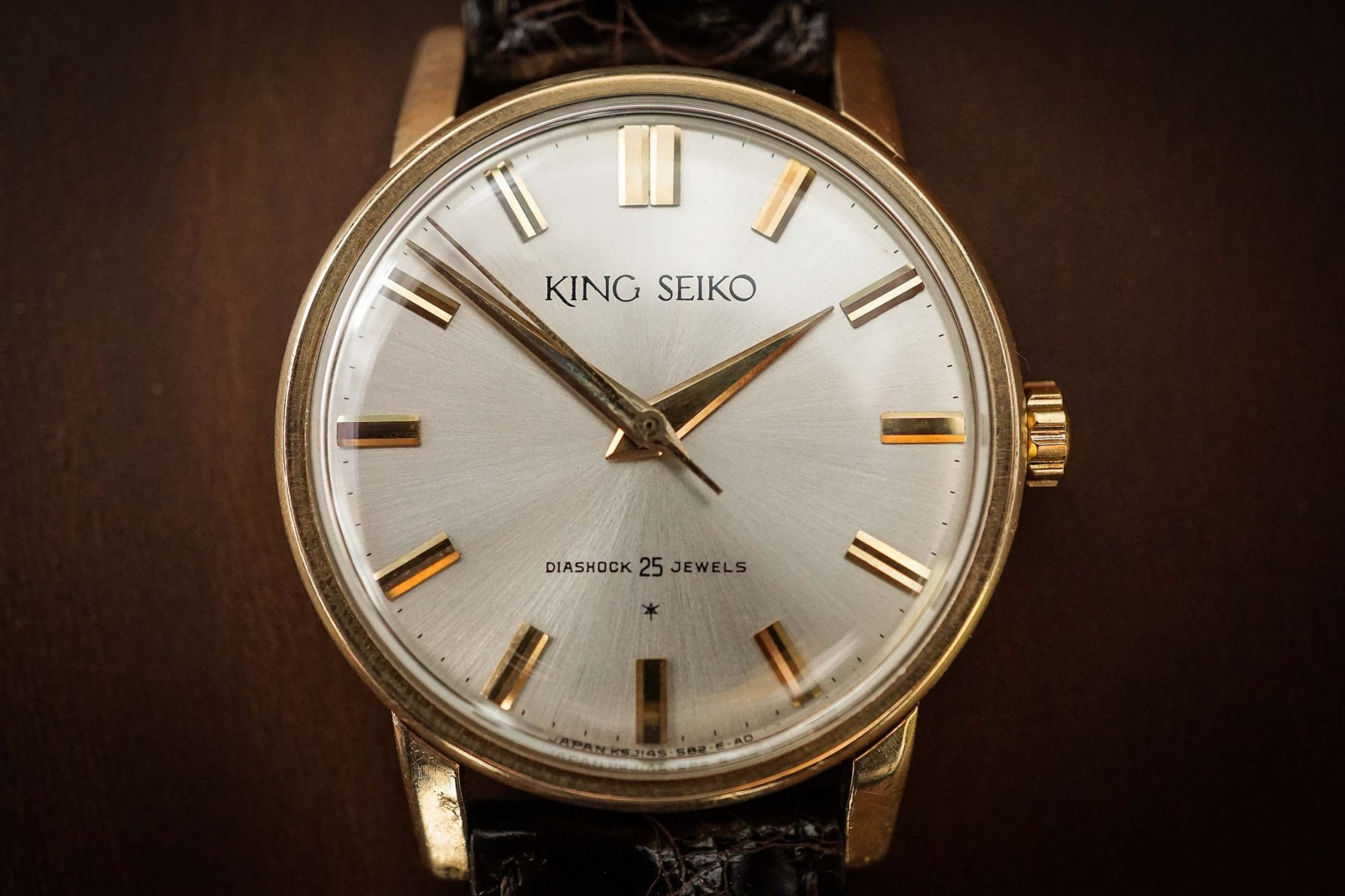
King Seiko has a much quieter presence in the market but has seen a steady stream of releases that faithfully update certain models from its back catalog, including the SJE089 and SJE091 which each project a distinctly vintage aesthetic. For those that are interested in getting involved but are seeking a lower barrier to entry, compelling vintage examples of the 45GS and 62GS can often be acquired for relatively attractive prices.

Today, Grand Seiko is consistently putting out some of the most compelling modern watches on the market. On top of the impressive movements housed inside immaculately beveled cases, the quality of the dials set them apart from the competition. The level of finishing is impressive to the point of rivaling some of the best that its Swiss counterparts have to offer, all at a price-to-quality ratio that is unsurpassed in its category. All of its special dials are created to be an homage to scenes of nature found only in Japan, and are often presented in a subtle and nuanced execution as opposed to an overt tribute to its subject matter. Some of the most notable dials include the “Iwate”, named after the snow capped mountain that overlooks the Studio Shizukuishi where all Grand Seiko mechanical watches are currently made, as well as the “Lake Suwa”, which again is in close proximity to the Studio and mimics the gentle calm of its waters.


Credor
Credor watches don’t bear the name of its parent company anywhere on their dials - but do not be deceived - as the sub-label is in a league of its own. The name translates to “the ultimate of the gold” which is appropriate given that Credor initially only produced timepieces in precious metals. The collection now includes a small selection of steel pieces, finished to the same exacting standard, but a majority of the line retains its gold or platinum lineage. Whereas the focus for Grand Seiko is accuracy, the ultimate objective for Credor is a svelte form factor. The Calibre 68 measures a mere 1.98mm in thickness and its quartz Calibre 6720 is paper thin at 0.89mm.

Marketing for the brand outside of its home country of Japan is, like many of its exquisite products, lean. Although available for purchase in most major cities, Credor makes no secret of its design ethos, which caters chiefly to the domestic market and is uncompromising in its dedication to the Japanese aesthetic. Despite its inward looking attitude, discerning international collectors are drawn to the niche selection of models - with the Eichi II being a perennial favorite.

The Eichi II also utilizes the superb “Spring Drive” movement, and features a handmade porcelain dial in addition to impossibly tidy hand painted indices. An overwhelming majority of the timepieces from the Credor range are in the dress watch category - finished to a level that is beyond comprehension, surpassing the already high bar set by its comrade Grand Seiko.
Dual Manufacture Locations
There are two locations in which Grand Seiko and Credor watches are, for lack of a better term, manufactured. The previously mentioned Grand Seiko Studio Shizukuishi is nestled within the mountainous Iwate prefecture whilst the Shinsu Watch Studio sits in the center of the country surrounded by lakes. The latter produces all of the brand’s famed “Spring Drive” movements. Within the Shinsu Watch Studio are approximately 10 ultra-skilled watchmakers which make up the Micro Artist Studio. This elite team of Japanese watchmakers are responsible for all output from Credor, in addition to some of the more intricate Grand Seiko pieces from their “Masterpiece” collection. Needless to say, this tiny team produces only a minuscule number of watches per year. Both studios are committed to upholding the strictest standards of production and testing, all of which is conducted in-house as expected.
